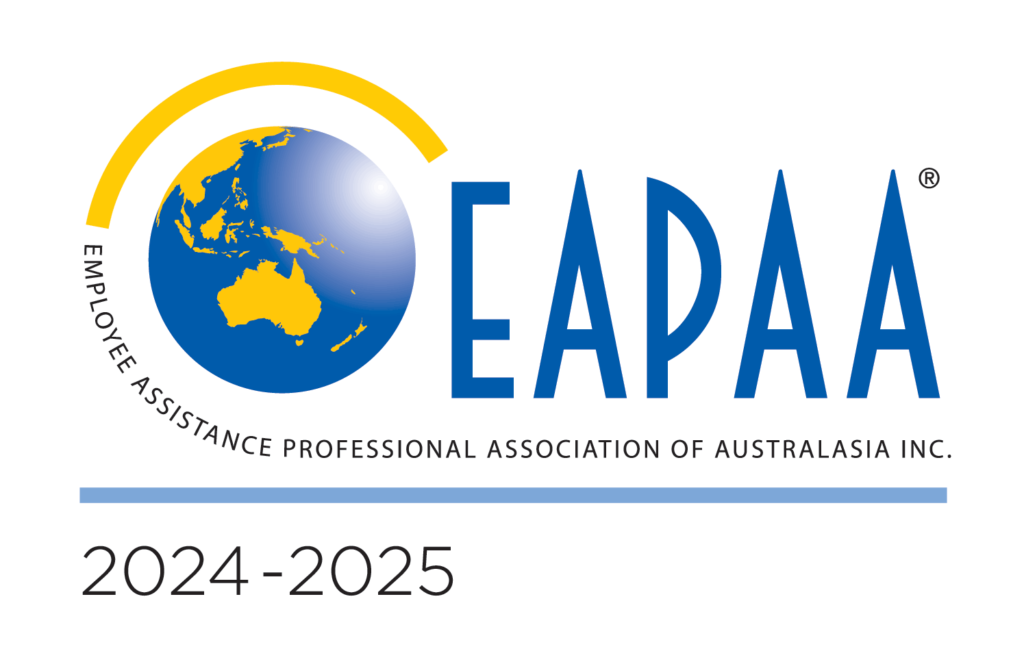by Joe Busuttil
“Mediation” is a means of resolving disputes between two or more parties who possess a genuine desire to achieve a mutually satisfying outcome. In the workplace the “mediator” acts by assisting the disputing parties to focus on a mutual problem, discuss possible solutions and agree upon a solution.
When is Mediation Used?
Mediation may be used in any situation where there are two or more disputing parties that are unable to resolve their concern/s on their own. Mediation is often used as an alternative or as part of a litigation court process (eg. family law matters, workplace issues).
Mediators act as unbiased and independent third parties that facilitate dialogue between parties and help them explore their issues and reach a mutually acceptable agreement.
Areas of Focus
Now we will investigate the Effective Mediation Model as it consolidates the roles of the mediator and lists steps that can be used to facilitate mediation.
The Effective Mediation Model
Contribution – this is where all participants are involved
The mediator works to:
- Clarify the type of problem or concern
- Identify all relevant parties
- Gain participation of all relevant parties
Organize
At this stage, the mediator works to:
- Set goals with the parties involved
- Identify representatives and authorities
- Clarify working arrangements
- Develop consultation and communication channels
- Train participants
Engage in strategic communication
The mediator’s main role is to invite clients to:
- Speak about their concerns
- Actively listen to each others concerns
Validate interests of all parties
At this stage, the mediator:
- Identifies all problem causes
- Gathers and s data
- Recognises each other’s underlying interests
- Summarises the whole problem
Discuss all opportunities
The mediator’s main role is to consider all options available to the parties involved by:
- Generating and exploring solutions
- Evaluating options
- Refining preferred options
Plan agreed conclusion
This is the stage where everything is brought together by:
- Integrating options into a solution package
- Resolving any outstanding issues
- Drafting the plan
Settle
The final stage is where the plan is implemented and the process and outcomes are evaluated.
Finally, some points to note in the facilitation of mediation:
- Assure all parties concerned that this is their opportunity to relate their concerns and have these heard.
- Check whether there are any other people that have an involvement in the issue and should participate.
- Prepare for the process with the parties, firstly by agreeing on the goals of the exercise, such as to resolve the conflict and establish effective future working relationships.
- Explain the mediation process and the role you will play, including meeting with them individually and together.
- Ask them how confidential the mediation should be and who should know the outcome.
- Check if they fell the need to have any representation of support people with them during the discussions and decide when and where you will meet with them.
- Suggest that prior to bringing them together, they should conduct their internal dialogue. This is where they plan what they would most like to say to the other person and how they can say it in a way that will help rather than hinder resolution.
- Choose a comfortable room with privacy and allow sufficient time to work through the problem.
- During mediation encourage listening to each other.
- Encourage each party to understand their own individual concerns as well as each others. Give each party the time to summarise their own and other’s concerns.
- Assist in evaluating options for resolution.
- Assist all involved to develop an outcome that will work for them.
- Parties must be committed to the outcome or it won’t work. Perseverance is required until each party gets to this point (if it is possible to reach an outcome).
Mediation is a situation where two or more parties are unable to resolve their conflict without an unbiased party. In this corporate dynamic it will often come up as part of workmate dynamics or workplace issues.

